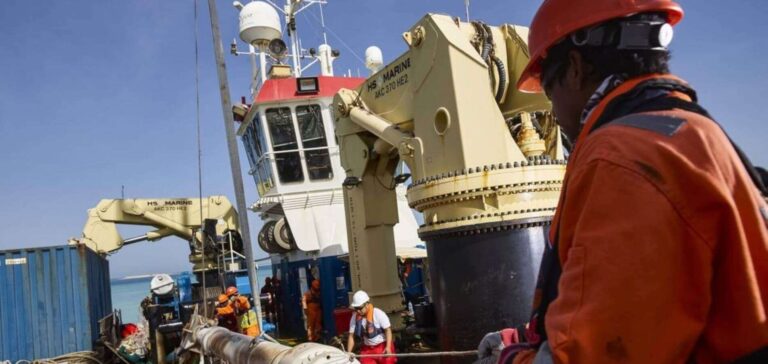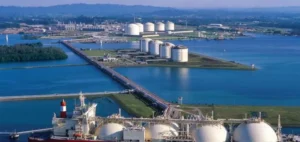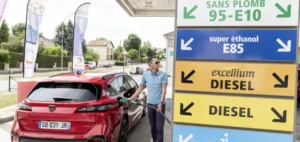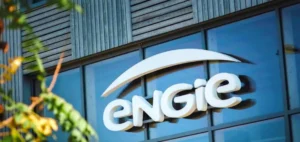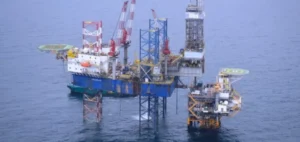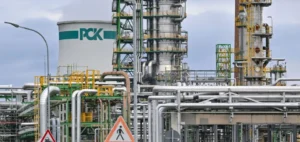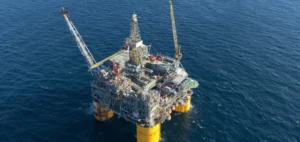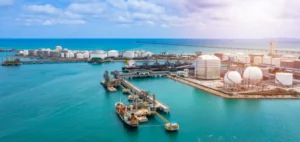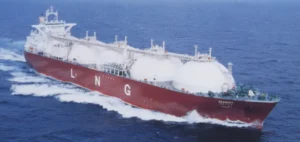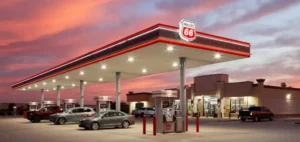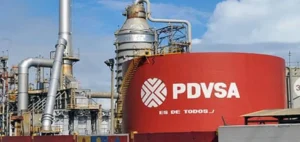AD Ports of the United Arab Emirates plans to expand the port of Mugharraq.
The port is preparing to welcome international vessels.
AD Ports goes international
Harbour improvements include extending the quay wall and deepening the facility to eight meters.
The Ro-ro ramps will also be upgraded.
“AD Ports Group will complete an expansion project to improve the port’s infrastructure and service capabilities. This is to ensure that it is better positioned to support offshore projects related to the oil and gas field,” says AD Ports in a statement.
In addition, the Port of Mugharraq has just been re-certified as an international facility.
It can now accommodate container ships, bulk carriers and general cargo carriers.
“The port’s load factor capacity has also been increased to 15 tons per square meter. This, in addition to supporting heavy lifting activities, speeds up cargoes destined for oil and gas installations,” says the company.
Close to offshore oil and gas projects
The port of Mugharraq is located close to the Ruwais industrial center.
The infrastructure is close to Hail, Ghasha and other oil and gas projects developed by ADNOC.
ADNOC aims to increase its oil production capacity by 25%, reaching 5 million barrels per day by 2030.


